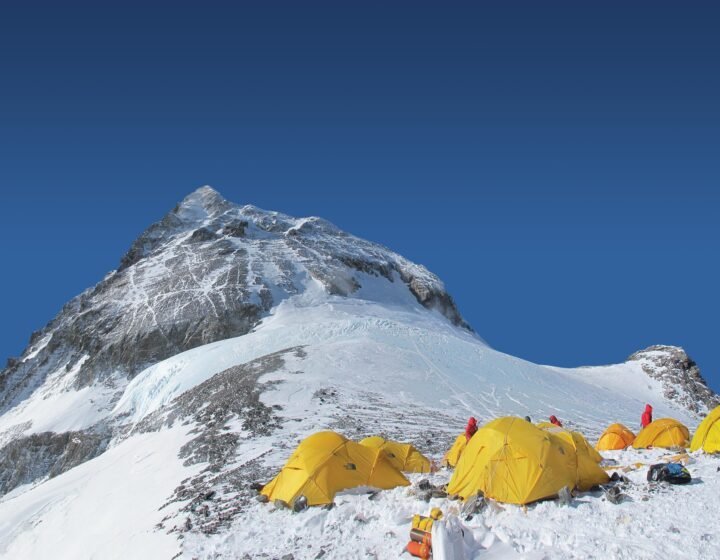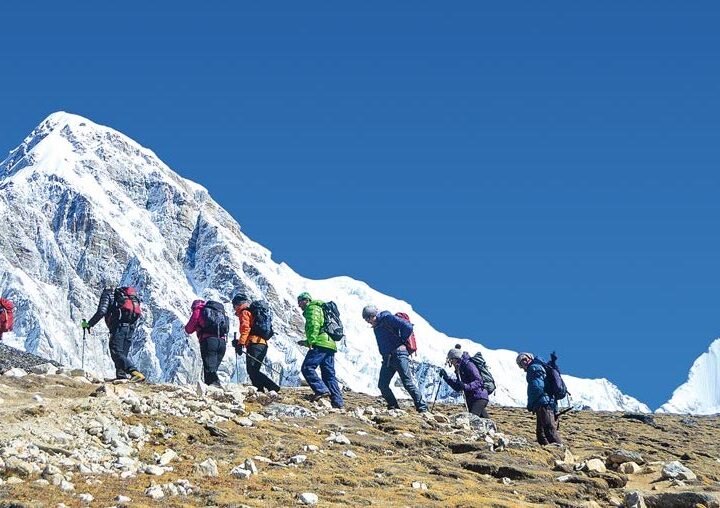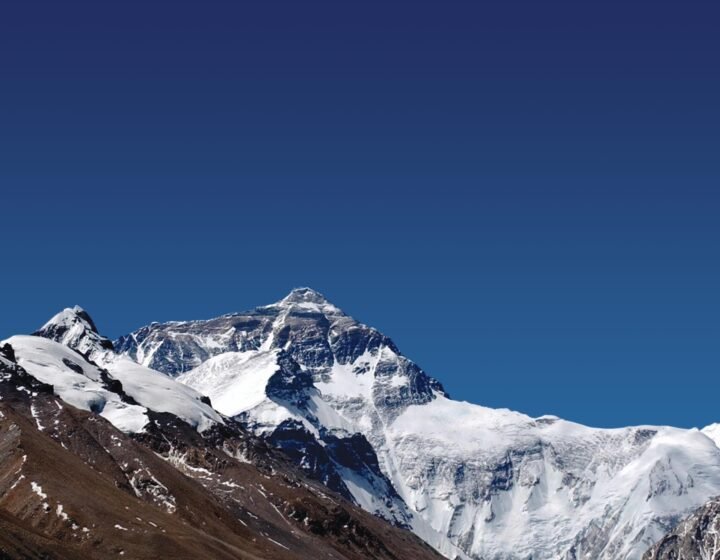- Details
Detailed itinerary
Itinerary- Tour Includes/Excludes
- Useful Info
- Trip Map
- FAQ
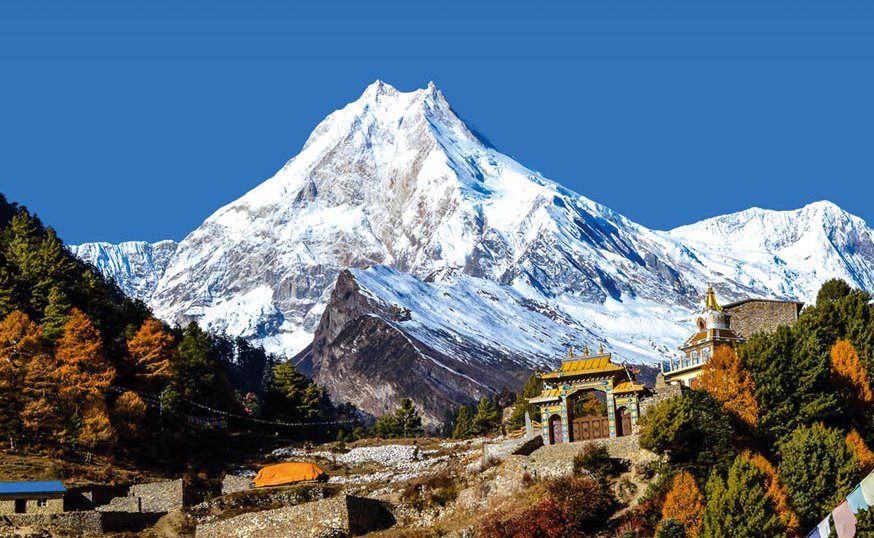
Trip overview
The Manaslu Circuit Trek is both a beautiful and challenging trek. This circuit trek is an amazing experience that combines adventure, landscape, culture, lifestyle, and wildlife. This hike, located in the western portion of Nepal, allows you to circle the world’s eighth-highest mountain, Mt. Manaslu. The Manaslu Circuit Trek rewards you with wonderful views of some of the world’s highest mountains, including Manaslu and Annapurna. With diverse landscapes, unique cultures, rare flora, and fauna, Manaslu is one of the most sought-after destinations for avid trekkers. Most of the travelers who choose this trek tend to enjoy less-trodden mountain trails rather than well-known trekking destinations.
The Manaslu Trek includes a large trek distance in the remote Nepali Himalayas, so you will have several alternatives to customize the route based on your preferences. This tour is highly adaptable, and we can arrange side visits according to your preferences. The picturesque journey from Kathmandu to Arughat, and then to Soti Khola, kicks off the Manaslu Trek. The adventure truly begins on the second day, when we leave Soti Khola and go to Machha Khola (890m/2,965ft). The scenic route will take you through lovely forests, steep peaks, terraced fields, and suspension bridges.
We continue to Doban (1,070 m/3510 ft) via the Tharo Khola, which runs through a rocky cavetto to Khorla Besi, a traditional Gurung village, after a delightful hike to Macha Khola. We continue our journey from Khrola Besi to Tatopani, where we cross a suspension bridge above the Budhi Gandaki to reach Doban. Doban is the Nepalese word for the meeting of two rivers or paths.
We leave Doban the next day for Philim. The path is rather rugged, with some ascents and descents. The routes provide spectacular views of the Sringri Himal. When you arrive in Philim, you’ll find that it’s a huge Gurung settlement. In their village fields, the Gurungs raise corn and millet. Throughout the trail, this trek takes you through high valleys, isolated villages, ancient monasteries, tranquil lakes, and high Himalayan passes.
HIGHLIGHTS:
- A remote and off-the-beaten-path hiking destination in Nepal’s Himalayas.
- Diverse scenery, ranging from subtropical woods to high Himalayan passes.
- The Larkya La Pass (5,135m), is the trek’s highest point.
- Manaslu region’s ageless culture and way of life.
- Mountain scenery as you climb past Mt. Manaslu, Himalchuli, Ngadi Chuli, Ganesh Himal, and Larke Himal.
- Unique and plentiful fauna. Manaslu is home to 33 distinct mammal species, 110 different bird species, and 211 different butterfly species.
Itinerary
Day 01: Arrive in Kathmandu and Transfer to HotelAs soon as you arrive in Nepal, one of the agents will be there to receive you at the airport and drop you off at the hotel with your room key.
On the second day, you will do a cultural tour inside the Kathmandu valley. and leisure time to prepare yourself for trekking.
After breakfast in Soti Khola, you'll set out on this epic trek up and down through a variety of landscapes, including forests, rice paddies, a cliff-face ridge, a rushing river, and several beautiful waterfalls. The journey begins with a bridge crossing, followed by a trek through a forest and a climb onto a ridge above the wild rapids of the Budhi Gandaki River. You'll continue climbing near a rocky outcrop where the valley opens up alongside the river, which flows more peacefully here. You'll walk along rounded stones along the river's edge before climbing over a side ridge. Return to the river and cross another suspension bridge to reach Machha Khola village.
We're taking a long drive to Macchekhola today. We can see many beautiful green landscapes, rivers, and views of the Ganesh Himal and Manaslu mountain ranges along the way. Beautiful rivers, local villages, waterfalls, and rice fields add to the excitement of your journey. Arrival and check-in at the guesthouse.
To reach Jagat, you will need to cross a number of suspension bridges. The trial is full of local communities and a mixture of high and low slopes. You will get to experience a natural hot spring (Tatopani) during the journey.
The trek to Deng is followed by the Budi Gandaki. This route is quite famous for its Gurung culture and communities.
The trail darts in and out of two ravines before continuing to climb high above the river on the opposite side and crossing the Budi Gandaki here. Today we cross the Budi Gandaki several times and see several Gomba and Mani stone routes. The trail follows the river upstream through dense forest before ascending steeply to Namrung.
The trail has now entered the Nupri region. The people of this region are all Tibetan immigrant descendants. They are known as Bhote people because the majority of them wear Chubas. You can now enjoy a walk through the rhododendron, fir, and oak forest. Views of Manaslu (8,156 m) and Manaslu North are spectacular. The trail then ascends a small stream to Lho, a large village with a monastery, gumba, and Mani stone.
We must cross the ridge out of the valley to the BudhiGandaki side, and then trek in and out of the rock-strewn moraine. We steadily ascend and pass through forests until we arrive in Lihi, a lovely village with many Mani Stones, chortens, and barley terraces. The trail descends and crosses Simnang Himal's side valley, with Ganesh Himal always nearby. We continue on through the villages of Sho, Lho, and Shyala before arriving at Sama Village. From Lho village, we can enjoy breathtaking views of Mt. Manaslu and visit the popular Ribung Gompa. Shyala village will be surrounded by high mountains such as Himal Chuli and Peak 29 (Ngadi Chuli) to the left and other snow summits to the right, with Ganesh Himal at the far end. Sama Gaon will be a pleasant place to stay.
You take a short break to acclimate and relax. Furthermore, hike to the beautiful glacial lake 'Birendra Lake' or Manaslu Base Camp for spectacular views of Samdo (Pangphuchuli), Nagdi Chuli, Simnang Himal, Manaslu glacier, and Manaslu icefall. This is a heavenly paradise environment in and of itself.
Another enjoyable day is the trek to Samdo village. The path is wide and well-maintained. The view of the landscape and Manaslu ranges, as well as Buddha Himal and Shringi Himal, is most impressive as you pass through the pine forest and Mani wall. After crossing the river via a wooden bridge, you will arrive at Samdo.
People are more excited about the Larkya pass after an acclimatization day in Samagaun. Today, we walk down a wide, gentle path, admiring the large old mani stone wall and chorten. After crossing two streams and seeing the Larkya Glacier, we go around the Salka Khola valley and climb back up to Dharmasala. Another interesting place to visit along the way is Larke Bazaar, which is a "fair seasonal Tibetan market."
Today is the big day because we're going to cross the (5,106 m) Larkya La pass, which is one of the most beautiful and incredible passes in the world. The path is long and gentle as it climbs alongside the moraine. From the Larkya Glacier, views of Cheo Himal (6,820 m), Gyaji Kung, Kang Guru (6,981 m), the Annapurna range, and Larkya Peak can all be seen. We're now descending steep scree slopes along the top of a moraine. Ahead, follow the grassy moraine and a large Mani stone to a large meadow. Finally, we'll arrive in Bimtang, where we can celebrate the successful pass.
The walk through the forest and waterfall to Dharapani is a short and easy walk until Tilje stops for lunch and then continues to Dharapani.
The path drops, so the journey should be simple. You will go through numerous farms and pastures before arriving at Tilje, a big Gurung hamlet. This community is well-known for its brandy. However, we continue on, passing more Mani walls before arriving at Thonje village and finally Dharapani hamlet.
Today is our final day on the road. After an early breakfast, we board a local bus from Dharapani to Besishar, which will take around six to seven hours. We'll see several villages, the Marsyangdi River, Bhulbhule Town, and Khudi on the way.
As we drive east on the Prithivi Highway, we will witness the Marsyagdi River meet the Trishuli River on our route back to Kathmandu. The drive allows you to take in the stunning natural surroundings, including terraced farms and high peaks.
On the last day, we will drop you at the airport (TIA) and wish you a safe journey.
Included
- Airport transfer customized based on flight information
- Standard hotel accommodation in Kathmandu on a bed-and-breakfast basis.
- The group welcome supper, as specified in the agenda.
- A half-day guided city tour includes entrance fees to world heritage sites as specified in the itinerary
- Private transportation to and from the trek's beginning and ending places, if applicable.
Not Included
- Nepal entry visa fees, any type of trip insurance, and international airfare
- All beverages and main meals in cities
- Tips and personal costs such as a hot shower, battery charge, phone calls, and beverage drinks
Useful Info
- When booking and arriving, all foreign visitors must provide their personal information, including passport and visa information.
- All trekkers are expected to bring non-biodegradable items, and the use of intoxicating substances and alcohol while trekking is strictly forbidden. It is also advised to keep a day set aside to deal with unforeseen events.
- It is a must for all travelers to maintain their passports or visa with travel agencies.
- There is a larger risk of becoming dehydrated, so drink plenty of water regularly and carry additional bottles with you.
- When hiking at a higher altitude, layering your clothing is the greatest approach to regulating your body temperature. Therefore, zippered clothing is the ideal choice.
- Because mobile phone and camera batteries have a high likelihood of going dead or losing power quickly, a portable charger is essential for your electronic devices.
Trip Map
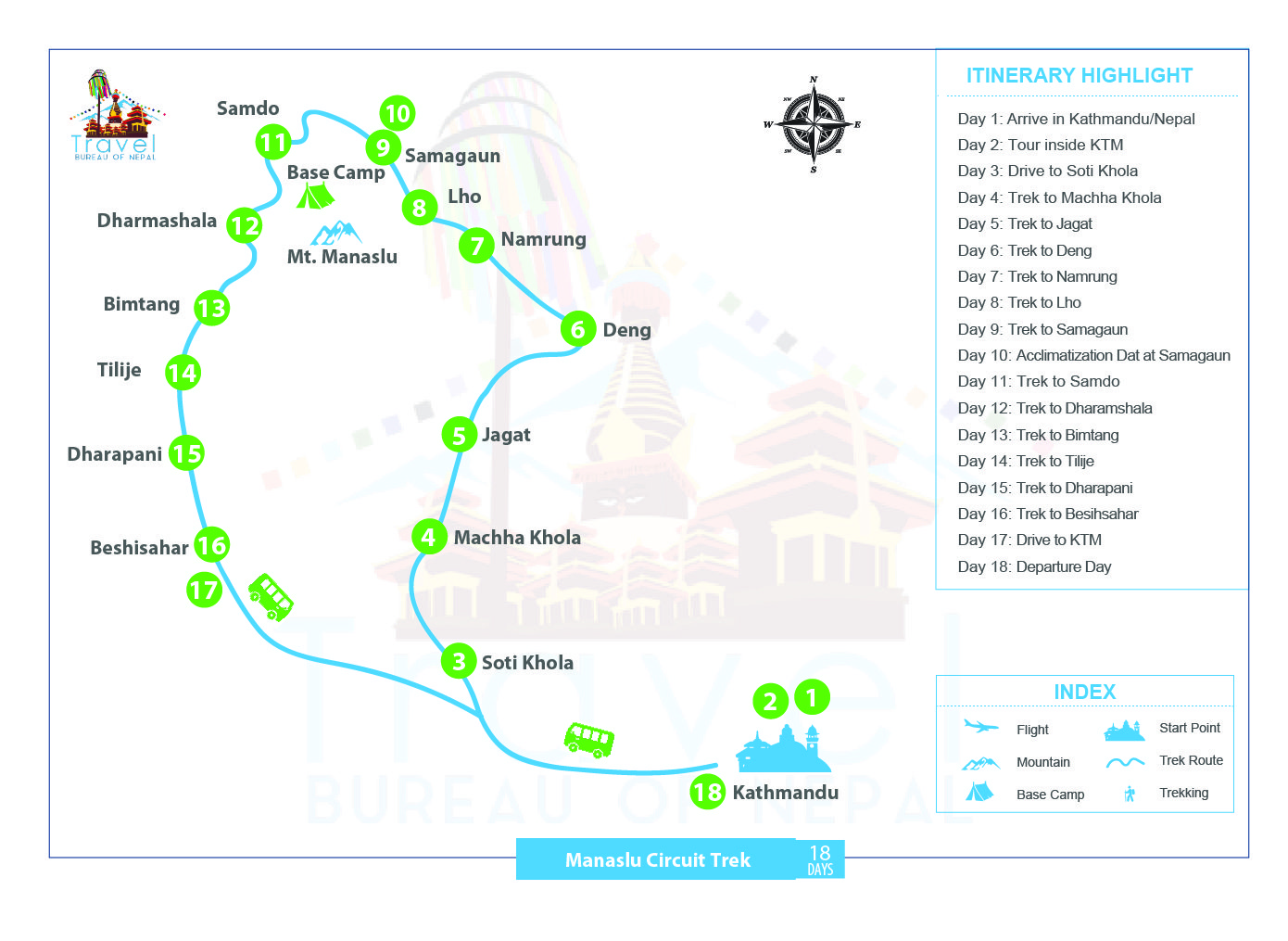
FAQs
-
How long does it take to do the Manaslu Circuit Trek?
The Manaslu Circuit hike is 180 kilometers/110 miles long. On the way, you could take in the breathtaking scenery and yak shed.
-
Which season is best for the Manaslu Circuit Trek?
Manaslu can be hiked at any time of year. However, the greatest season for trekking is autumn (September-November) since the weather is clear and there is no rain, making the trail less treacherous and the sky clear.
-
Which season is best for the Manaslu Circuit Trek?
Manaslu can be trekked in any seasons. However, the greatest season for trekking is autumn (September-November) since the weather is clear and there is no rain, making the trail less treacherous and the sky clear.
-
Which season is best for the Manaslu Circuit Trek?
Manaslu can be trekked in any seasons. However, the greatest season for trekking is autumn (September-November) since the weather is clear and there is no rain, making the trail less treacherous and the sky clear.
-
How do I get a Manaslu Trekking Permit?
There are three sorts of permits (Manaslu RAP, MCAP Permit, and ACAP Permit) and you cannot apply for them separately; your travel agency will.

